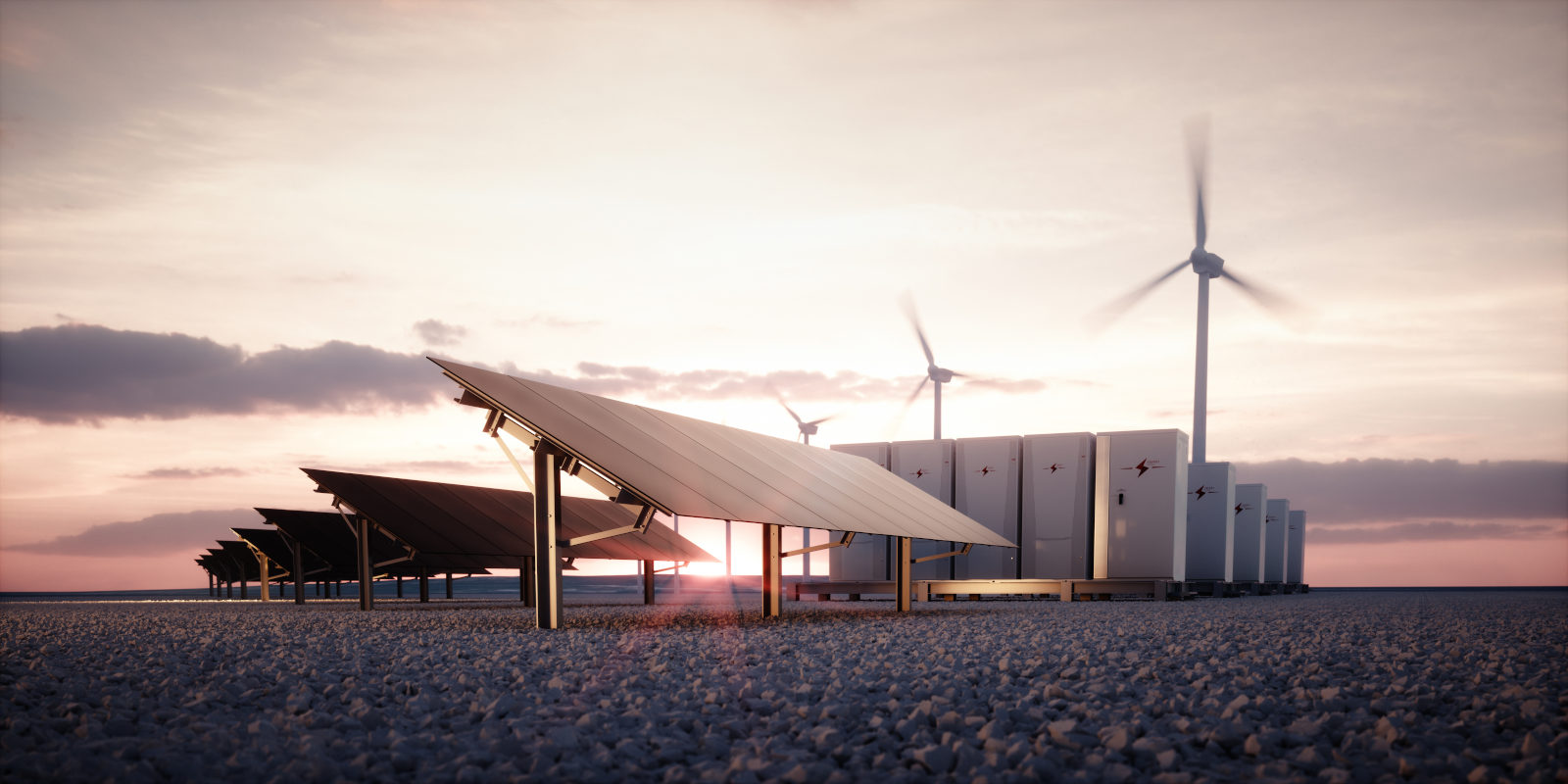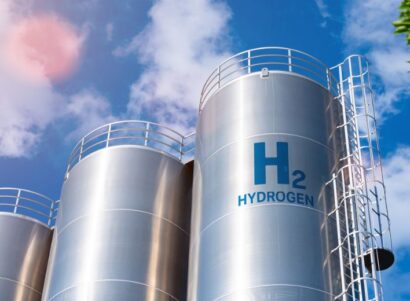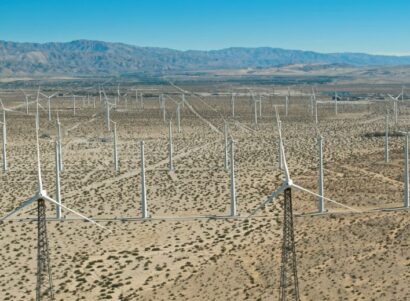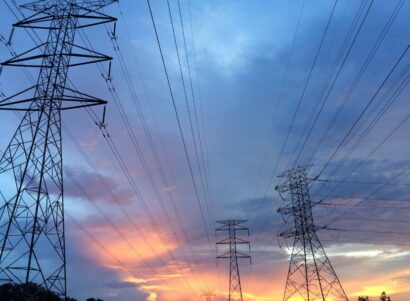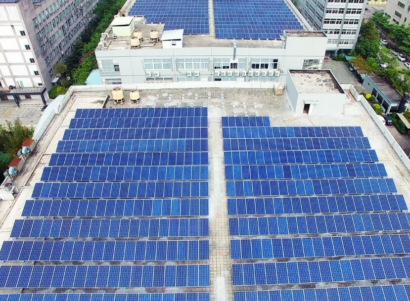Replacement of Inefficient U.S. Power Plants with Energy Storage and Solar Could Provide Health and Equity Benefits
OAKLAND, CA – Outdated and inefficient oil- and gas-fired peaker power plants across nine U.S. states are prime candidates for future replacement with environmentally-friendly renewable energy and energy storage opportunities. Such replacements not only align with strategic energy goals set forth by state leaders, but could also benefit communities disproportionately impacted by high-emission electricity generation, new research suggests.
Across the country, many communities rely on more than 1,000 natural gas- and oil-fired power plants to meet requirements of infrequent peaks of electricity demand. These so-called peaker plants tend to be more expensive and inefficient to run and emit higher rates of carbon dioxide and potentially harmful air pollutants. Additionally, peaker plants are also typically disproportionately located in disadvantaged communities, where vulnerable populations already experience high levels of health and environmental burdens.
“We are at a turning point on the electric grid where energy storage is becoming economically competitive with fossil fuel power plants, beginning with peaker power plants, which are some of the most expensive resources on the grid,” said study author and lead researcher Elena Krieger, PhD, Director of Research PSE. “In states that don’t have coal power, these plants are also often the most polluting plants on the grid in terms of rate of emissions, or tons of criteria pollutants per megawatt-hour of generation.”
Researchers at Physicians, Scientists, and Engineers for Health Energy (PSE) developed the Energy Storage Peaker Plant Replacement Project to identify peaker plants that show potential for replacement with more environmentally friendly energy alternatives. Plants in California, Arizona, New Mexico, Nevada, Texas, Florida, New York, Massachusetts, and New Jersey were analyzed based on their typical operating patterns, emissions, local grid requirements, and the demographics of nearby communities.
“All of the states have potential candidate plants which are either operationally aligned with energy storage and/or located in disadvantaged communities. Many of these states have energy storage and clean energy targets, and strategic deployment of these resources could simultaneously replace the most polluting plants and bring clean energy to historically underserved communities,” said Krieger. She adds that as the clean energy transition moves forward this approach can set a precedent for a broader transformation of the electric grid where greenhouse gas reductions can simultaneously yield health, environment, and equity benefits.
The peak demand profiles and peaker plant characteristics vary from state-to-state based on electric loads, geographical locations, community needs, and differing state regulations for air quality and plant emissions.
Northeast | Massachusetts, New Jersey, New York
- Massachusetts, New Jersey, and New York have set ambitious renewable energy production and storage targets for the coming decade, yet two-thirds of peaker plants in Massachusetts and New Jersey and one-third in New York are unnecessarily burning oil, which produces high rates of pollution per unit of electricity generated.
- Across this region, peaker plants tend to be located in relatively low-income and minority communities, which are more vulnerable to and disproportionately affected by the impacts of environmental health burdens.
- The region has many aging and inefficient peaker plants that run for short periods when turned on, suggesting that the energy storage required to meet the region’s ambitious targets would be a good match for replacement of these facilities.
West | California
- California has set forth numerous policies and incentives to deploy renewable energy and energy storage, including specific carve-outs for disadvantaged communities, which are home to a disproportionate share of the state’s peaker plants. Alignment of these policies can facilitate the replacement of peaker plants with storage, particularly in vulnerable and environmentally overburdened communities.
- Up to two-thirds of peaker plant operating hours occur on poor air quality days, further exacerbating associated health and environmental conditions.
- Energy storage presents a cost-competitive alternative to meeting peak demand, and is beginning to replace peaker plants across the state.
Southwest | New Mexico, Nevada, Arizona
- The Southwest has limited current policy support for energy storage, but significant solar potential and ambitious renewable energy targets in Nevada and New Mexico which could support future solar+storage adoption.
- Peaker plants in the region are located in a mix of urban and very rural areas, but those in urban areas tend to also have a large share of low-income and minority communities.
- Peaker plants in this region range from aging (in Arizona) to young (in New Mexico), and run longer than elsewhere; they may be best replaced with a portfolio of clean resources including solar, storage, energy efficiency, and demand response that can match local grid needs rather than relying solely on shorter-duration batteries.
South | Texas, Florida
- Florida and Texas have limited policy support for energy storage and renewables, but solar+storage has significant possibilities due to the region’s renewable energy potential and growing peak demand. Storage could also be constructed in lieu of proposed peaker plants in each state.
- Peaker plants across this region reflect a wide spectrum of characteristics: old and young; oil- and gas-fired; urban and rural; frequently used and rarely operated. Strategic deployment of storage and other resources can help displace the least efficient, highest-emission plants in vulnerable communities, and distributed storage may provide additional resilience in hurricane-prone regions.
- Peaker units in Texas and Florida are often co-located at larger facilities and the region is home to many coal plants, suggesting a need for careful management of energy storage to ensure it is charged with low-emission resources and does not inadvertently cause an increase in emissions.
# # #
Physicians, Scientists and Engineers (PSE) for Healthy Energy is a nonprofit research institute dedicated to supplying evidence-based scientific and technical information on the public health, environmental and climate dimensions of energy production and use. We are the only interdisciplinary collaboration focused specifically on health and sustainability at the intersection of energy science and policy. Visit us at psehealthyenergy.org and follow us on Twitter @PhySciEng.
